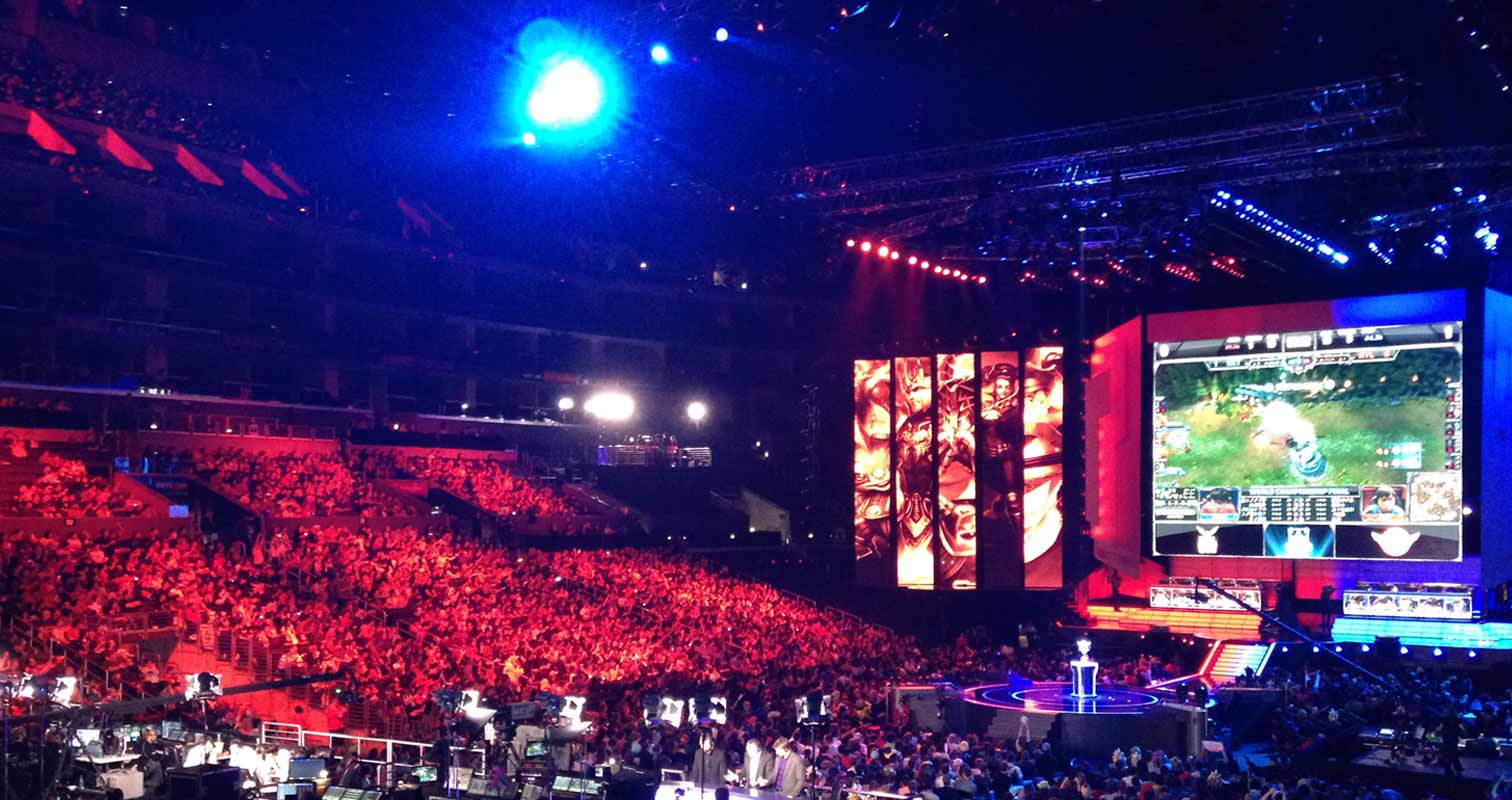From a 2011 spinoff of Justin.tv to a $1 billion acquisition by Amazon in 2014, Twitch has taken over eSports viewing and led the growth of the broader live-streaming market. At the time of the acquisition, many people outside of gaming and media had never heard of Twitch and were surprised that Amazon would pay $1 billion for it.Nevertheless, eSports and live-streaming have been growing into big businesses. Media companies such as ESPN, TBS, and YouTube, Yahoo are announcing eSports coverage both online and on TV, and social media companies like Snapchat, Facebook, and Twitter are making investments in live-streaming and coverage of live events.
This flurry of activity around eSports has led investors and entrepreneurs to take a closer look at why Twitch has been such a tremendous success and think about how its success could be replicated. Here are eight reasons that Twitch has been able to grow live video game content into such a successful business.
Small, fragmented audience
Viewership for a small TV show like Reign or The Originals averages 1 million-plus viewers, far outpacing even the most popular streamers on Twitch, who typically only have 10,000 to 50,000 concurrent viewers. However, by aggregating thousands of small channels, Twitch can gather an audience that’s large enough to make advertising a feasible model.

Source: http://stats.twitchapps.com/
New ways to make money
In addition to watching ads, Twitch fans support their favorite streamers directly through subscriptions, donations, and affiliate revenue. These direct monetization mechanics, along with Twitch’s channel aggregation, allow individual content creators to grow profitably without needing to reach “ad scale” at thousands or tens of thousands of viewers, not the millions you need in traditional television or radio.
Lots of live content, easy to stream
One of the key challenges of any two-sided marketplace is growing both demand and supply. Growing the supply of content is easier for gaming than other categories because it’s easy to spend 2, 4, 8 hours playing a video game than hunting a bear or doing wedding makeup, and anyone with a gaming computer can download of all the (free, often open-source) software they need to stream.
Variety of experiences with same content
Video games are a great source of content because there are a ton of different games, and different types of commentary on the same game can draw in different types of audiences. Some viewers only tune in for the excitement of big events and tournaments, others prefer interactive, funny streamers, and a number of people want educational streams to learn how to get better at a specific game.
Market timing
YouTube was founded in 2005, and Netflix introduced streaming in 2007. When Justin.tv was launched in 2007, webcams were just starting to get good enough and cheap enough for broadcasters to set up streams, broadband was just starting to get good enough and cheap enough for viewers to watch streams, and people were hungry to watch more and more content online. However, by the time Twitch spun off from Justin.tv in 2011, every new laptop had a webcam, and the vast majority of internet-connected households had broadband connections. Interest in live video was at its peak — Chatroulette had 500,000 unique visitors per day, and Microsoft decided to acquire Skype for $8.5 billion.

Source: Google Trends
Invested partners
When Twitch launched, publishers were transitioning from traditional games in boxes to free-to-play and subscription-based games. Publishers saw Twitch and eSports as ways to keep their most loyal fans engaged in their games and spending money. Since 2011, publishers have also poured millions of dollars into their tournaments and leagues (largely without the expectation of making money on the events themselves), and these events are driving eSports into the mainstream media and helping Twitch acquire and retain users.
Doubling down on product-market fit
Today, only one in four gamers watch or participate in eSports. The other 75 percent of gamers have likely never heard of or never tried watching live-streamed game content on sites like Twitch or YouTube Gaming. It is only the most engaged and loyal fans of games like League of Legends and Dota 2 that drove the growth of Twitch. At launch, Twitch focused and targeted the small subset of users that were the most likely to stream video games and also the most likely to watch video games online. This was not an accident — it was the result of experimenting with different categories on Justin.tv and focusing on the one that worked.
Community and interaction
Most streamers will tell you that their community is the No. 1 reason they stream. Viewers will also tell you that watching a stream on Twitch is a much different experience than watching any sort of event on TV. Take theTwitch Plays Pokémon phenomenon, where community members dictated the game’s next moves. It’s richer. It’s interactive. You can talk to the content creator and the other people watching the stream. You can even direct the stream itself! Not only does this create a great community, but from a business perspective it also creates a strong network effect. If you’re a broadcaster, Twitch is the best place to find viewers, and if you’re a viewer, Twitch is the best place to find content.

Source: Engadget — Twitch Plays Pokemon, but can Twitch beat Pokemon?
Ultimately, all of these factors drive engagement, which is the secret sauce for live-streaming. The average Twitch viewer spends nearly two hours a day on the site, and Twitch’s highly engaged fans supports their favorite streamers through direct subscriptions and donations.
Viewer engagement allows someone with a hundred thousand followers on Twitch to make a six-figure income, while someone with a million subscribers on YouTube will probably still need a day job.
There are a ton of other categories with small, niche audiences that could be aggregated. The first things that come to mind for me are the verticals that have really high channel numbers on cable or never really made it on cable like golf, hunting, or weddings (here’s a list of cable channels in the US— bonus points for verticals where people spend a lot of money).
There are a ton of other categories with small, niche audiences that could be aggregated. The first things that come to mind for me are the niche cable channels like golf, hunting, or weddings and popular YouTube categories where viewers are super engaged and want to have more opportunities to engage in a community with their favorite content creators and other fans (I would love to watch a Dude Perfect stream all of their trick shot attempts live and celebrate with them and other viewers when they finally sink a crazy shot).
In the long run, I think more and more prime-time, mainstream content like sports, award shows, game shows, and news will be live-streamed as well, but for now, it’s the niche content that will benefit the most from creating communities of many small broadcasters and fans.
Daniel Li is an investor with Madrona Venture Group. Madrona has been investing in early-stage technology companies in the Pacific Northwest since 1995 and has been privileged to play a role in some of the region’s most successful technology ventures.
This opinion piece appeared in Venture Beat and on Medium


